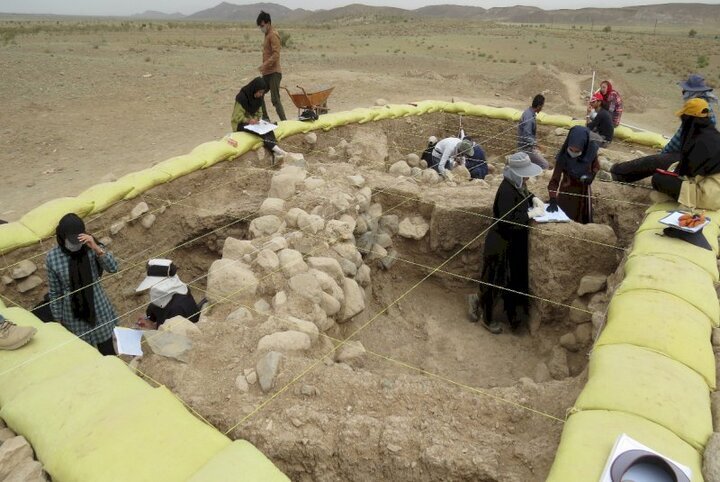INSUBCONTINENT EXCLUSIVE:
and Sassanids.An excavation conducted in the Gabri archaeological site of Sarbisheh county has yielded potteries related to the Achaemenid,
Parthian, and Sassanid eras, archaeologist Ali-Asghar Mahmoudinasab said on Monday.The earthen objects include ordinary, grooved, scarred,
engraved, and boat-shaped potteries, Mahmoudinasab said.Most of the pottery forms obtained from this excavation include pots and bowls
Moreover, the majority of them belong to the Parthian period.In addition to clay objects, a considerable number of stone mortars (for grain
flour), stone hammers well as the bones of various animals such as cows, goats, and deer have been discovered at the excavated site, which
is situated in Sarbisheh plain, eastern Iran.The experts said pottery constituted the largest amount of cultural data discovered in this
researchers and archaeologists.However, unlike the western and, to some extent, the central part of the Iranian Plateau, only a handful of
sites have been identified in the northeastern part
Field studies conducted on the Neyshabur plain have provided some of the only Paleolithic evidence at four locations in the foothills of the
Binalud Mountains: Dar Behesht, Mushan Tappeh, Ali Abad, and Qezel Tappeh.A 2019 study published in the Journal of Human Evolution suggests
Neanderthals roamed across the Zagros Mountain range between 40 to 70 thousand years ago.The history of Paleolithic research in these
regions dates back to the mid-20th century.AFM

